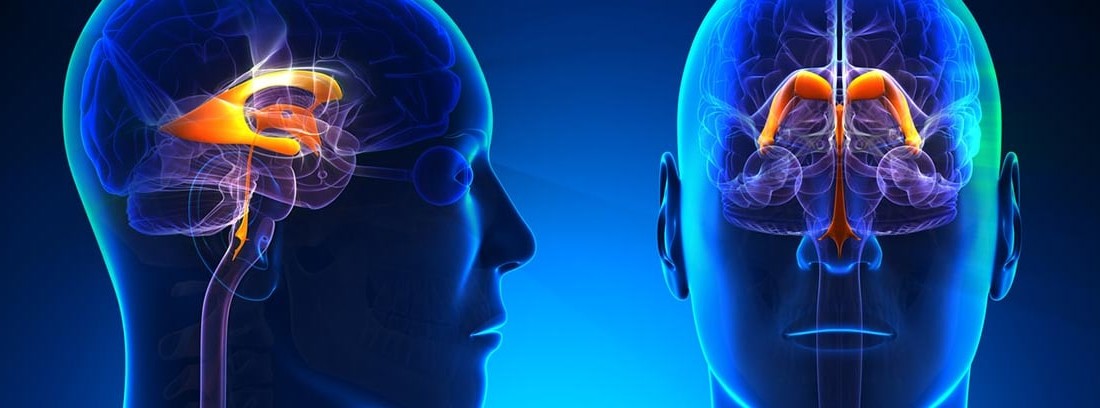Prader-Willi syndrome

Prader-Willi syndrome is a genetic disease, but not inherited, produced by the inactivation or loss of the paternal genes of the chromosome 15 that affects both boys and girls.
In Prader-Willi syndrome there is a alteration of the hypothalamus. The hypothalamus is a very small organ located in the lower part of the brain that regulates certain functions like thirst and appetite and helps hormonal control. Alterations in this organ cause part of the endocrine and non-endocrine disorders of the disease.
Symptoms of Prader-Willi
- Low size due to a deficiency of growth hormone (Gh).
- Hypogonadism or lack of development of sexual characteristics. It is not evident in girls but it is evident in boys with small testicles. There is usually a delay in puberty with lack of pubertal development and infertility.
- , adrenal insufficiency due to deficiency of the corresponding hormones.
- Obesity, favored by various factors such as alteration in appetite control (hyperphagia or excessive appetite) and hypotonia that makes it difficult to carry out physical activity. diabetes associated with the appearance of obesity.
- Psychomotor retardation and hypotonia
- Scoliosis
- Feeding difficulties, especially in the early years due to weak sucking due to muscular hypotonia.
- Language difficulties (musculature hypotonia).
- Behavioral disorders, low IQ and psychiatric disorders, the latter in adolescence where psychotic pictures may debut.
- and myopia.
The appearance of symptoms differs depending on the stage of development and age of the child, highlighting:
- Under 2 years Very weak suction when sucking and hypotonia.
- From 2 to 6 years global developmental and growth retardation.
- Between 6 to 12 years excessive appetite and obesity.
- Teenagers hypogonadism, with disturbances of character and behavior
How is the diagnosis made?
The initial key is the symptom that appear with the birth and first weeks of life, clinical suspicion in this case is important.
From there, the certainty diagnosis is made by means of a where the involvement of paternal genes in a specific region of chromosome 15 (15q11-q13) is determined.
Although the confirmatory diagnosis is by performing a blood test, there are clinical diagnostic criteria (Holm's criteria), where a score is established based on the presence of symptoms and the age of the child.
It is essential early diagnostic for a multidisciplinary approach and early medical care of all the problems associated with this syndrome, since this translates into a better prognosis.
Which is the treatment?
Treatment requires the participation of a specialized multidisciplinary team. This team is usually made up of:
- Endocrinology
- Neurology
- Ophthalmology
- Nutrition
- orthopedics
- Speech therapy
- Early stimulation
- Psychology
The three basic treatment guidelines and associated with a better prognosis include the administration of growth hormone, early stimulation and a series of guidelines aimed at physical exercise and food.
- A healthy, low-calorie diet is required, with strict control and advice and continuous monitoring by a team of nutritionists / endocrinologists. Obesity control is essential since it can clearly decrease the life expectancy of patients.
- Increased physical activity
- Growth hormone it is indicated early, before two years of age. Improves muscle development, growth and cognitive ability.
In addition, depending on the growth stage and the problems / symptoms that appear, the treatment strategies will be carried out by the corresponding specialist. For example, in the face of marked scoliosis, the traumatologist will intervene or in front of a strabismus, the ophthalmologist.
-
- The involvement of fragments of paternal chromosome 15 gives rise to a series of characteristics, which make up the Prader-Willi syndrome
- It requires medical attention by specialists from various medical areas and early diagnosis is essential for a multidisciplinary approach and early medical care.
- The three basic treatment guidelines associated with a better prognosis include the administration of growth hormone, early stimulation and a series of guidelines aimed at physical exercise and diet.
Intensive Medicine Specialist
(Updated at Apr 14 / 2024)